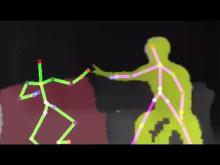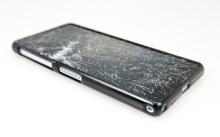Academic Appointment Booking Website
There is a need for students to be able to book appointments to see their academic staff during their open office hours.
Office hours for staff need to be able to be added to the system, or ideally pulled from Outlook calendars so that students can chose meetings of either 10, 15, 20 or 30 minutes duration inside the scope of the staff member's office hours. Alternatively a staff member might like to stipulate the lengh of the meeting and when their office hours are manually.
This project will see you independently build the skills required to develop the software in a web accessible format so that students can book appointments to see academic staff.
Your task it to research into the wide range of options for development of such a system, then DESIGN - BUILD - TEST your solution.



